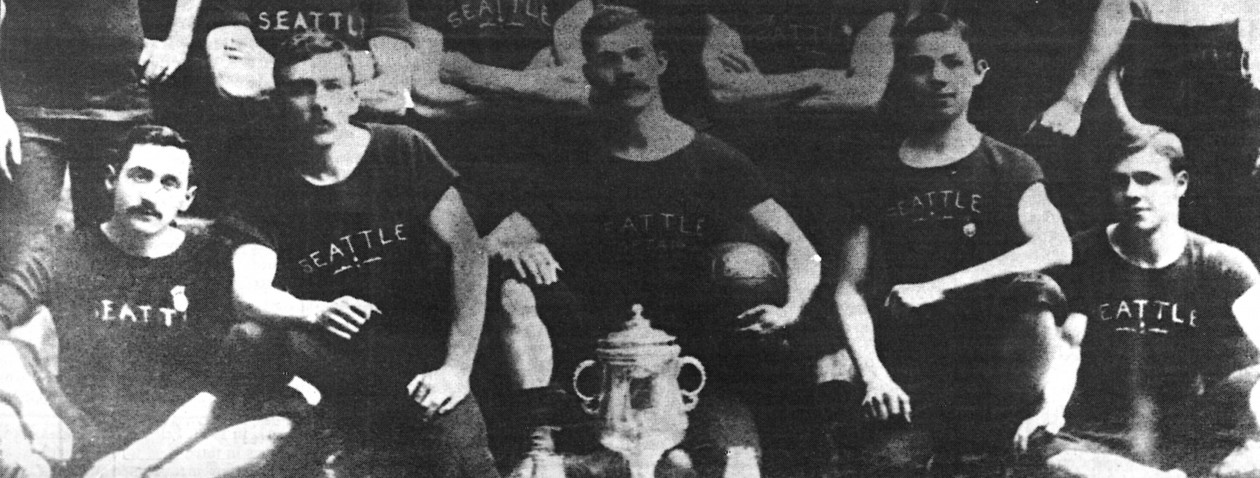Forty years ago, the best young players in America were choosing scholarship offers over signing bonuses. Whereas three years before there had been 33 clubs paying a living wage, by 1984 there were 21.
It was an Olympic year, and the United States would play before huge home crowds – upwards of 78,000 – in California during July. But by the fall, the number of professional teams would dwindle to 12 and none of them would play outdoors, 11-a-side. Instead, the fog and lasers and thumping soundtrack of Major Indoor Soccer League showmanship ruled the day.
“Back then, soccer was imploding all over the United States,” former Seattle Sounders coach Jimmy Gabriel said in 2007. “There was no real soccer league at that time. Everything was going in the wrong direction.”
Into this bleak landscape came a wind of change: Football Club Seattle.

One of the First FCs
Rather than sit and stew, Gabriel got busy. He and others hatched an idea to flip the script on a foreign-dominated domestic game and convinced a new convert to fund a new enterprise. In the summer of ’84, FC Seattle would go against the flow, develop their fair share of followers and, within a year, start a new league that has since morphed into the USL.
In terms of a name, FC Seattle came from the future – and the old country. It would be 21 years until FC Dallas became the MLS Burn’s rebrand, ushering in a slew of FCs and SCs. In truth, FC Seattle had been a few senior amateur teams (two men, one women’s). It also had an over-30 league entry, featuring Gabriel, the Washington Youth Soccer coaching director, and a handful of ex-Sounders, plus Cliff McCrath, then the storied coach at Seattle Pacific. Another teammate, new to the game, was Bud Greer.
Continue reading FC Seattle, 40 Years On – Part 1: Setting the Scene




















